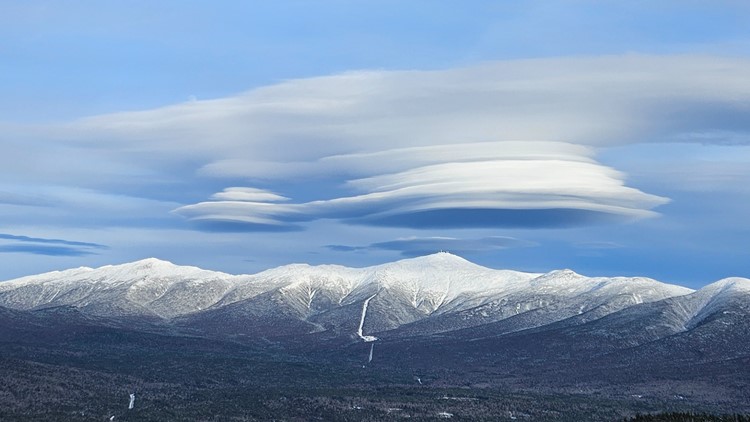LINCOLN, N.H. —
It’s been a weird winter in Maine. We’ve had historic flooding, nor’easters, inside runners, and even alien-looking clouds making an appearance in our eastern most skies. These clouds are called lenticular clouds, or lenticularis. The American Meteorological Society (AMS) defines them as a species of clouds with elements that form isolated, generally smooth lenses or almonds. The outlines are sharp and sometimes show as irisation.

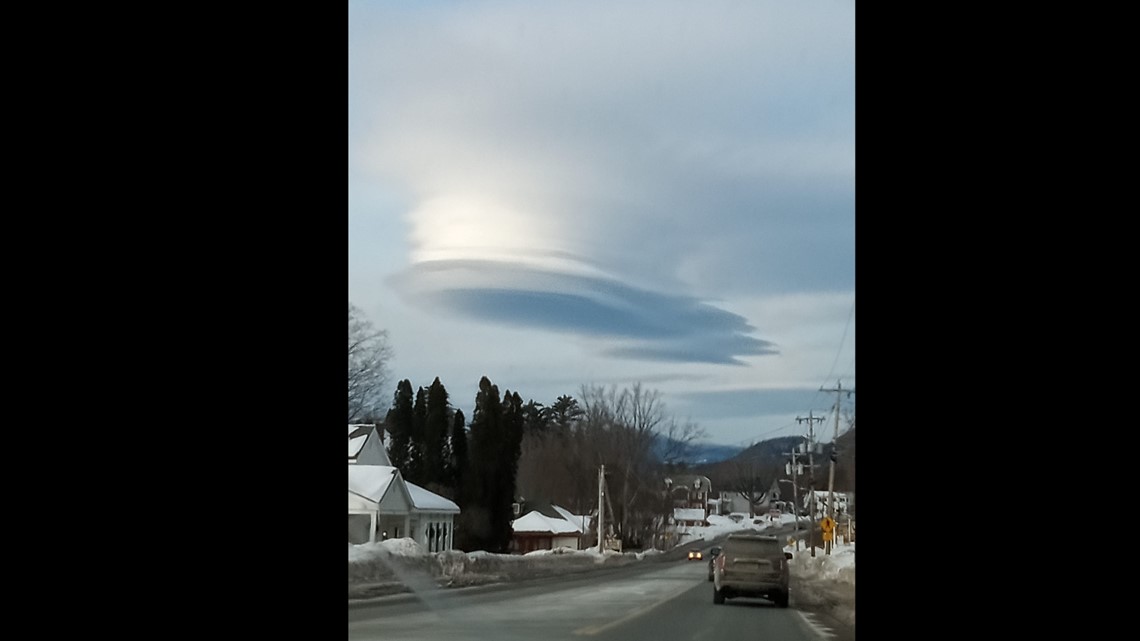
These clouds were spotted over North Conway, NH on January 22, 2024, by Teisha Bryan.

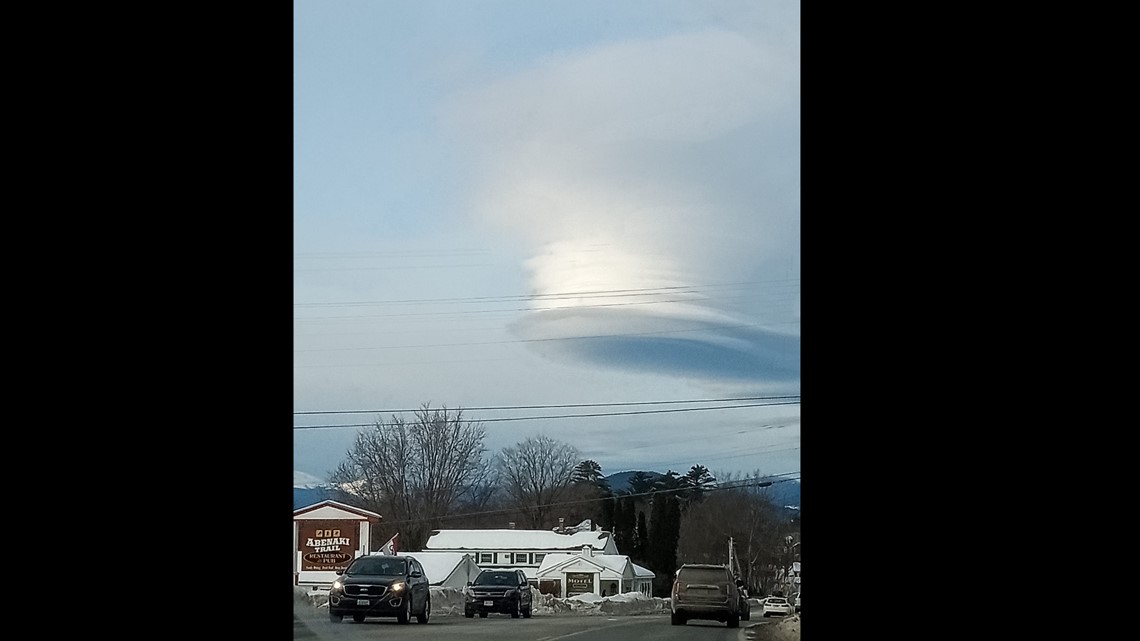
Here’s the exact definition from the AMS:
"These clouds appear most often in formations of orographic origin, the result of lee waves, in which cases they remain nearly stationary with respect to the terrain (standing cloud), but they also occur in regions without marked orography."

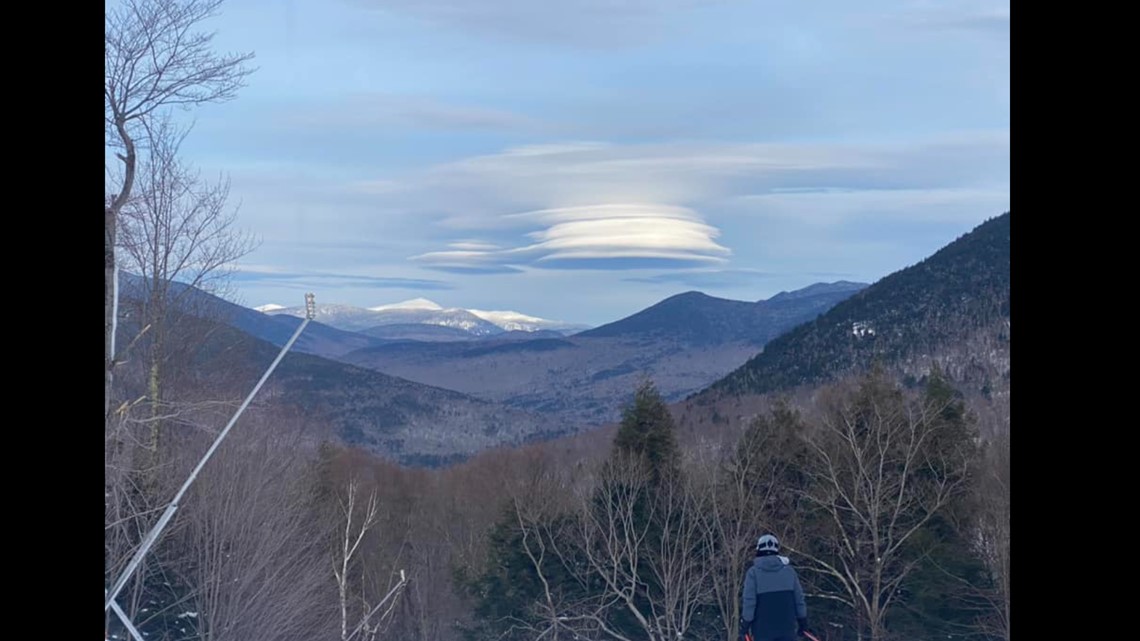
Matt Morin also spotted the clouds from Lincoln, NH.
Here's more from the AMS glossary, breaking down how these clouds form:
"This species is found mainly in the genera cirrocumulus, altocumulus, and (rarely) stratocumulus. Altocumulus lenticularis differs from cirrocumulus lenticularis in that, when smooth and without elements, it has shadowed parts while the latter is very white throughout. When undulated or subdivided, the altocumulus species differs from stratocumulus lenticularis in that its elements subtend an angle of less than 5° when viewed at an angle of more than 30° above the horizon."
The Archibalds got a great look from Bretton Woods:

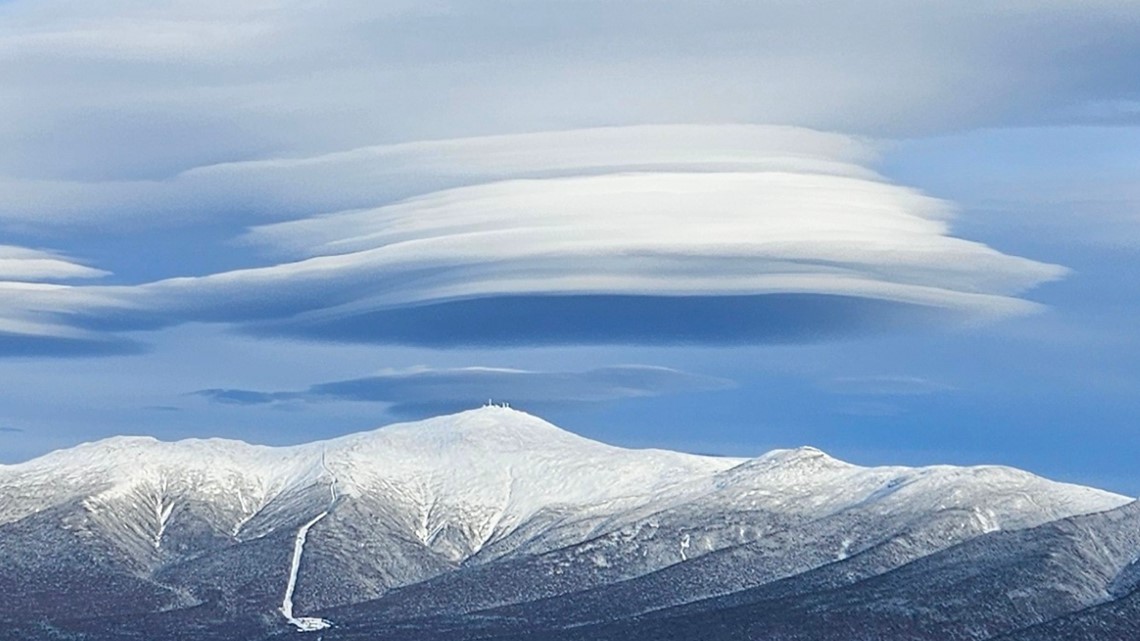

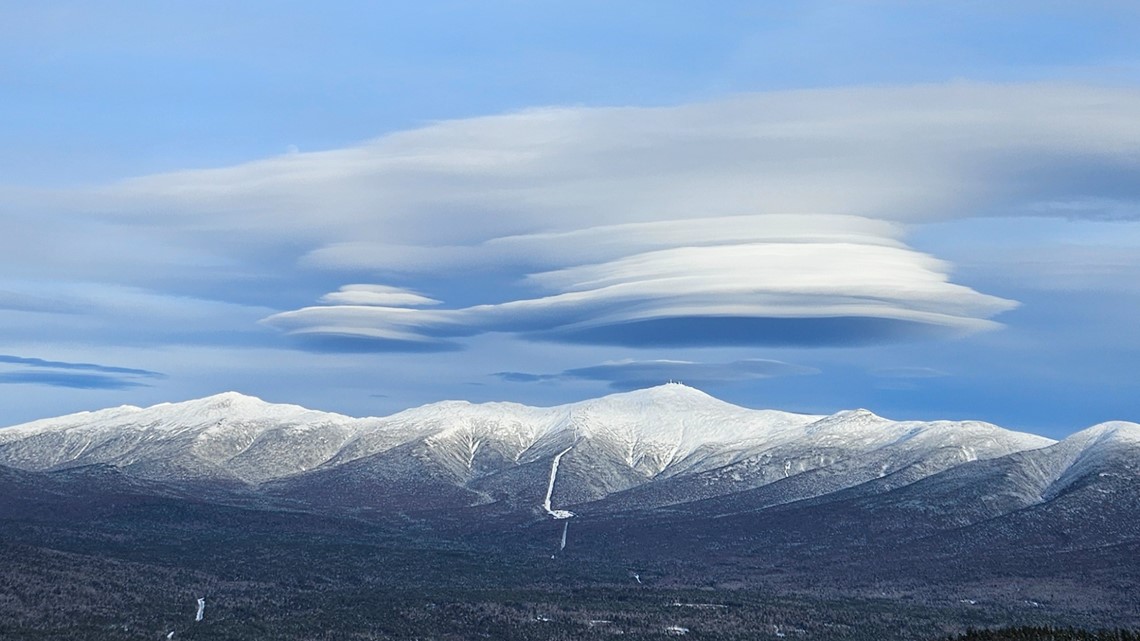
Check out this shot from Jennifer Olson over Mount Willard:

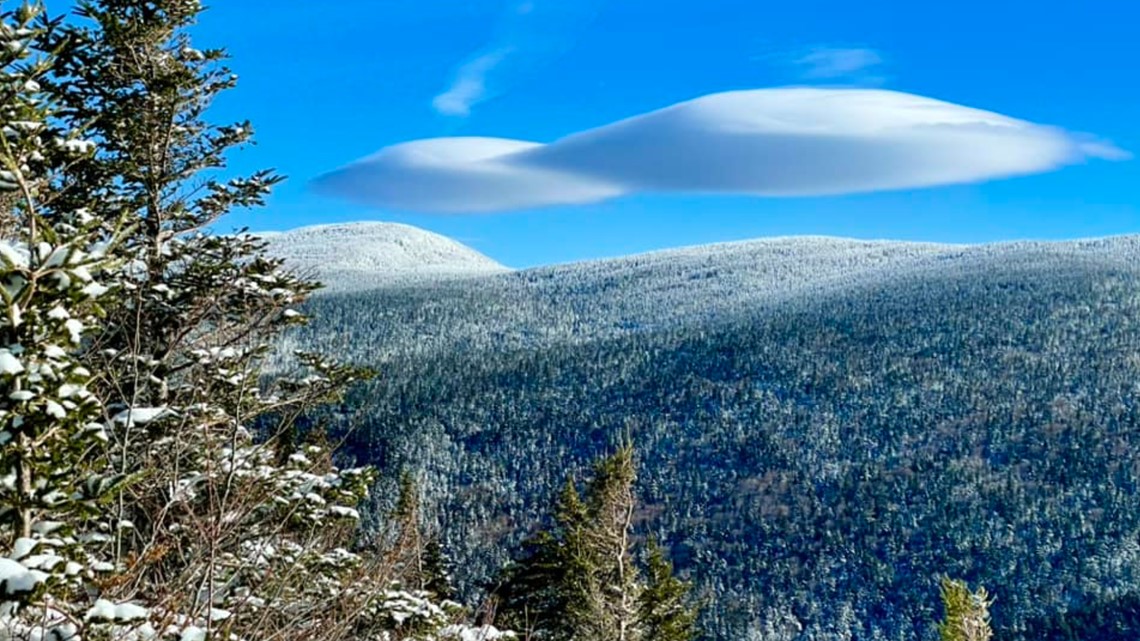
Here are a few more from Stephen Miramant in Kingfield:





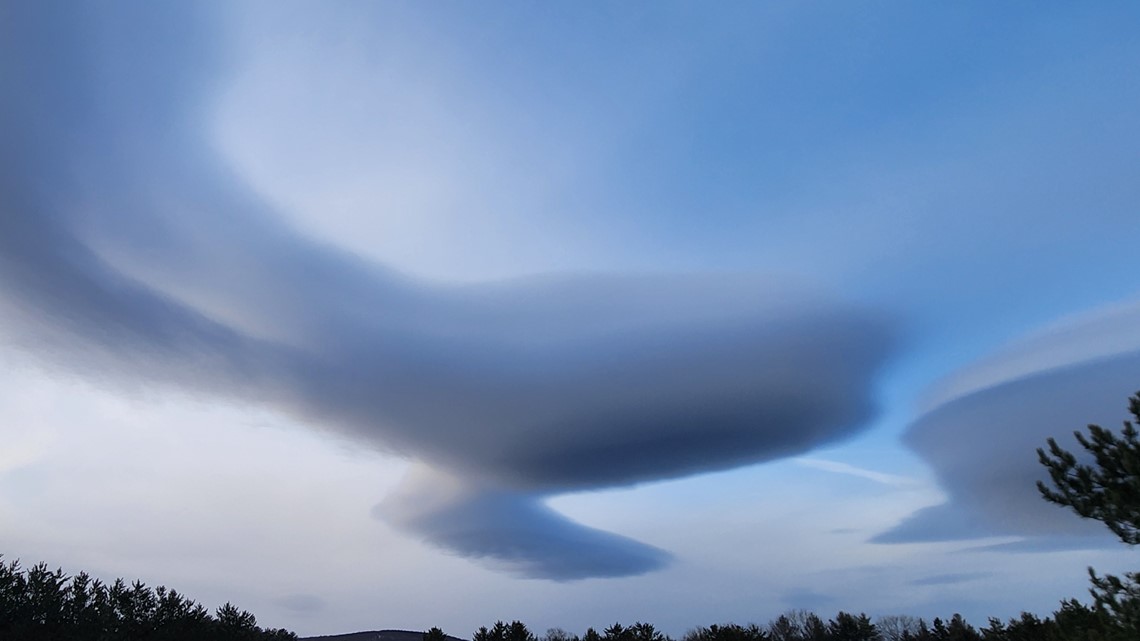
These clouds are commonly referred to as flying saucers or stacks of pancakes based on how they look. It really all comes down to waves in the atmosphere that are invisible but develop when stable, fast-moving air is forced up and over a topographic barrier, like a mountain. The object needs to be perpendicular to the direction of the blowing wind.


Follow along for more weather blogs and pizza discussion.
For the latest breaking news, weather, and traffic alerts, download the NEWS CENTER Maine mobile app.

